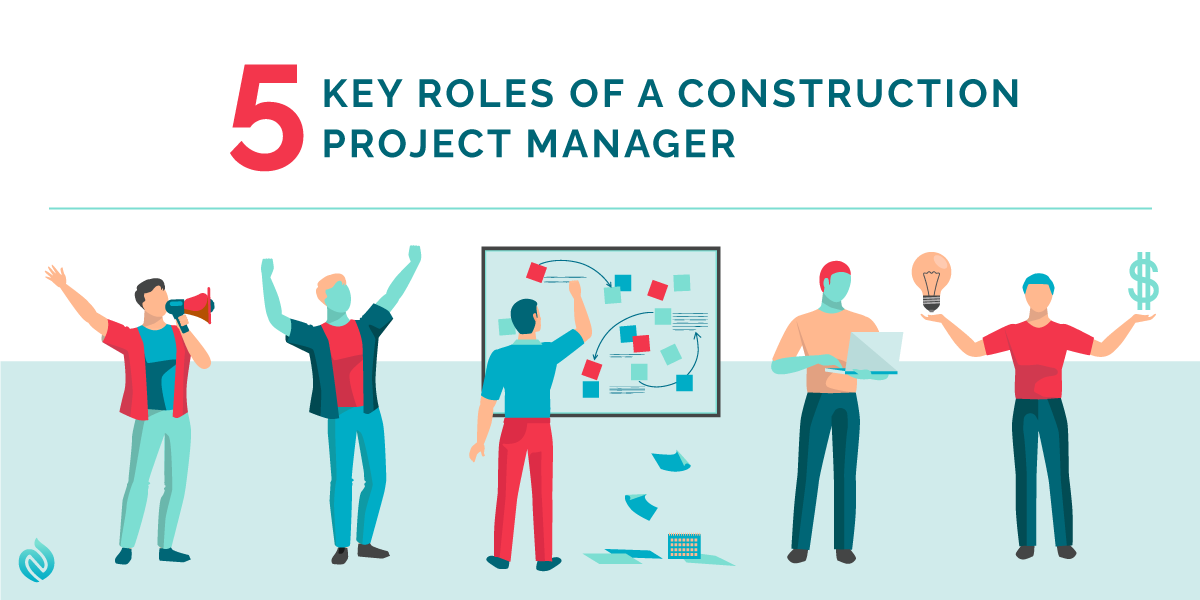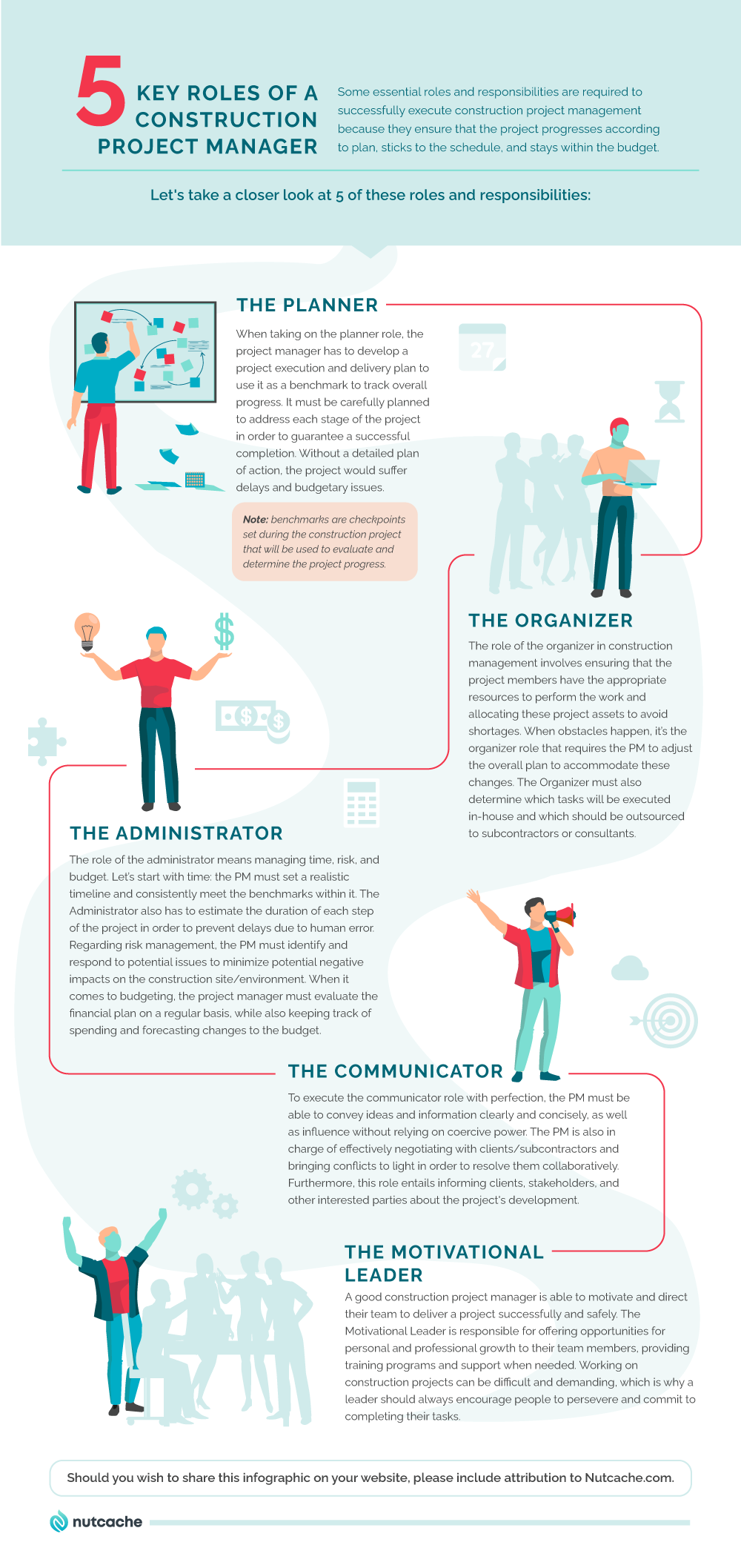
Cambridge Dictionary definitions:-
| Tender (verb) | A written or formal offer to supply goods or to do a job for an agreed price |
| Project (noun) | A piece of planned work or an activity that is finished over a period of time and intended to achieve a particular purpose |
Google definition:-
| It can potentially get a little confusing, but in short, a project is a development that is tracked from conception to completion e.g. The development of a hotel. | A tender is a specific tender for a specific requirement e.g. a tender might go out for the supply of bricks. |
At Leads 2 Business we have several distinct differences between Tenders and Projects published on our database, for example, how they are captured, how you interact with them, and specific subscriptions tailored to your requirements.
Capturing a Tender:
All tender notices originate from an original Tender Advert that has been advertised publicly on various platforms that we monitor. All the information provided is captured in a user-friendly format paying particular attention to site inspection dates and times, closing dates and times, the contract number, any restrictions that might be applicable, contact names and details of relevant persons involved in the specific tender process and where the actual tender document is available. When the information has all been added and the document is saved, a unique reference number is allocated preceded by the prefix DTA (Daily Tender Advisory)
Capturing a Project:
The information collated for a Project Lead is gleaned from multiple resources and captured in a user-friendly format paying particular attention to the timing and status, GPS location, type of building or infrastructure, professionals involved, relevant documentation and the most current information on the progress of the project. When all the information has been added and the document saved, a unique reference number is allocated preceded by the prefix PPA (Private Project Advisory)
Interacting with a Tender:
Tender notices can be found on the site using the easy search function using either the unique reference number, contract number or keywords from the description. The contact details for the professionals listed on the tender advert will be available should you have any questions regarding the details of the tender. There could be links to relevant documents that are hyperlinked to download directly onto your PC. You can set reminders for the site inspection date so you don’t miss that all-important meeting. Set a reminder for the closing date so you are not late handing in your final tender document. Contact a friendly L2B researcher should there be any further information you desire. Monitor the tender notice so you are notified of any changes to the original tender notice published. The Tender Notice is updated when awarded.
Interacting with a Project:
Project Leads can be found on the site using the easy search function using either the unique reference number, name of the development or keywords from the description. Depending on the status of the project there will be a list of professionals that you are able to contact at each relevant stage of the project life cycle. There is the opportunity to build relationships with professionals to facilitate possible collaboration on future projects. There could be links to relevant documents that are hyperlinked to download directly onto your PC. Contact a friendly L2B researcher that is dedicated to researching that specific project should there be any further information you desire. Monitor the Project Lead so you are notified of any updates and/or progress as the Project evolves from Conceptual to Completion. The Project Lead is updated progressively as it moves through the Project Life Cycle
Tailor-made Subscriptions:
Your Leads 2 Business profile is designed to fit the needs and specifications suited to your trades and capabilities in the building industry. If you are only partial to tender notices your subscription won’t include Project Leads but if Project Leads is your bread and butter we understand the world you live in and you will also be able to access Tender notices.
Sources:
Cambridge Dictionary
Leads 2 Business
Google
If you are interested in becoming one of our subscribers, please visit Leads 2 Business.
To view notes with screenshots on how to use our website, please visit Leads 2 Business Wiki.
To view more Featured Companies, please visit our Leads 2 Business Blog.
About Debbie Wessels
I started at Leads 2 Business in April 2008 in the tenders Department and transferred to the Projects Department during the same year. I was appointed Head of Department for Projects from February 2011 to March 2022. April 2022 I started a new adventure as Content Regulator.












